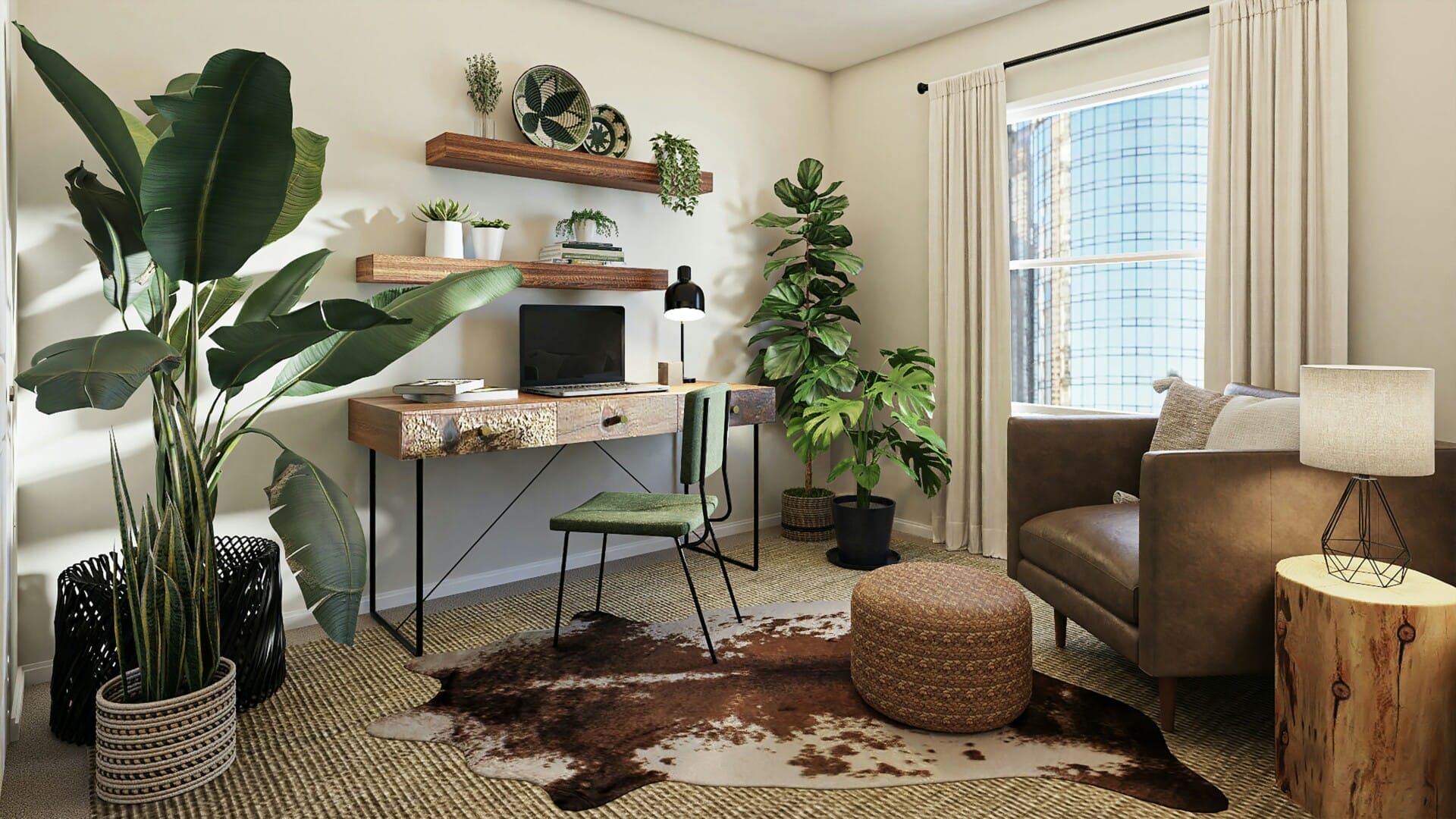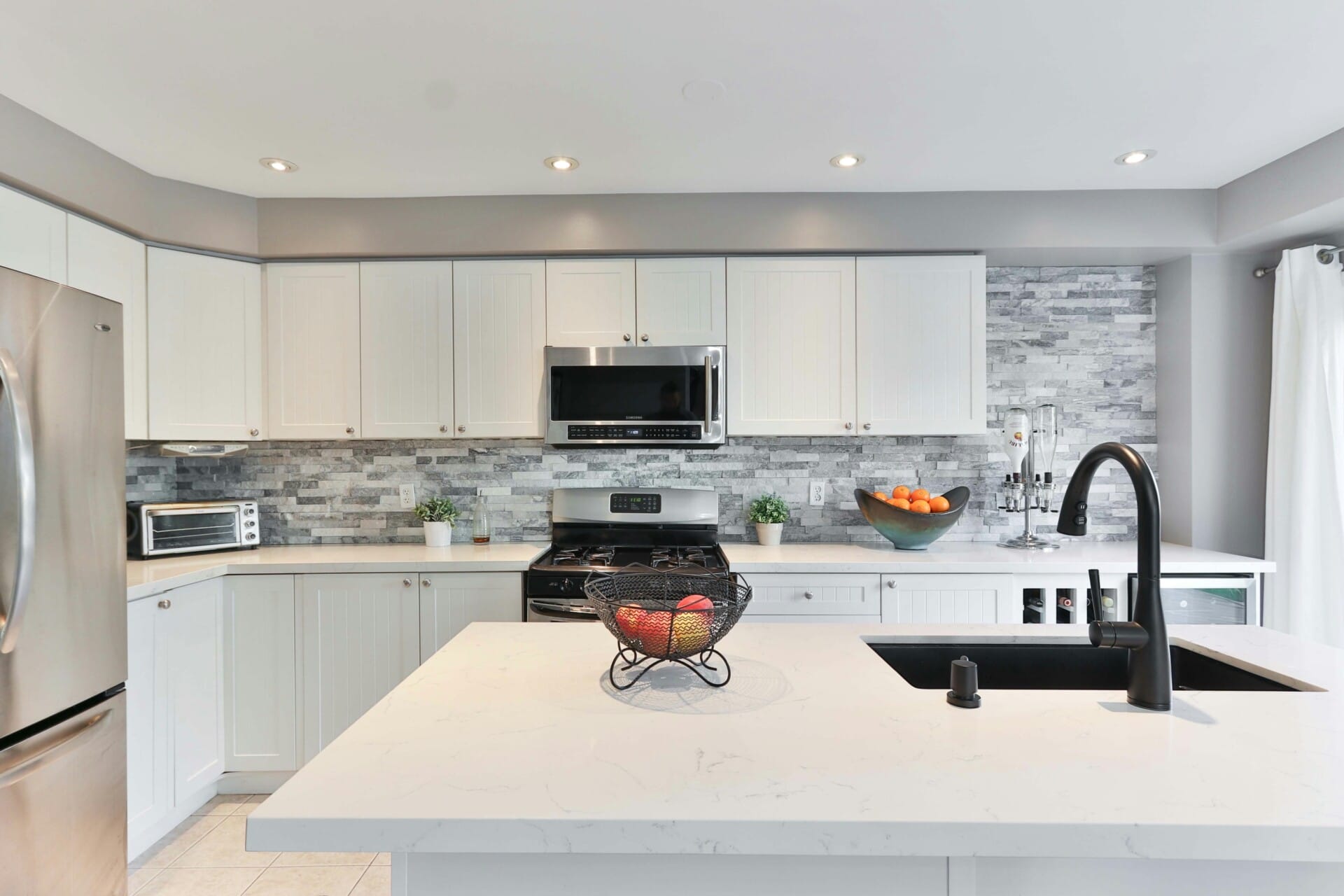
Blog
Pagar DIY: Jimat Wang Atau Undang Bencana? Panduan Lengkap Di Sini! | RumahHQ

Are you thinking of diving into teh world of DIY projects, specifically for yoru home’s perimeter? You’re not alone! Many Malaysians are exploring the idea of building their own fences to save some cash and add a personal touch to their space. But hold up—before you grab those tools and start hammering away, ther’s a burning question to consider: is a DIY fence really gonna help you save money, or could it end up being a recipe for disaster? In this article, we’ll navigate the ins and outs of DIY fencing, weighing the costs, potential pitfalls, and the rewards that come with it. So, whether you’re a seasoned handyman or a total newbie, stick around! We’ve got the complete guide right here to help you make an informed decision. LetS get started!
Exploring the Appeal of DIY Fencing Projects
When it comes to DIY fencing, the allure lies in both the satisfaction of creating something yourself and the potential savings. With a bit of creativity and some elbow grease, homeowners can construct a fence that not only enhances the curb appeal of their property but also fits their specific needs and style. one of the best parts? You get to choose your materials, colors, and design, making it a reflection of your personality.
There’s a certain pride that comes from building your own fence.It’s a project that can turn a simple task into a fun activity for the whole family. Imagine gathering your loved ones, putting on some music, and tackling the project together. Not only do you foster teamwork, but you also create lasting memories.Plus, there’s the opportunity to learn new skills, whether it’s woodworking, painting, or even basic gardening.
However, it’s essential to weigh the pros and cons before jumping into the DIY realm.Consider the following factors before making your decision:
- Cost Savings: Materials can be purchased at local stores, and you can often find budget-pleasant options.
- Time Investment: DIY takes time; make sure you’re ready to commit to the process.
- Skills Required: Some techniques might be tricky if you’re a beginner.
- Local Regulations: Check with local authorities about fencing laws and permits.
| Pros | Cons |
|---|---|
| Cost-effective | Time-consuming |
| customization options | Requires skills/experience |
| Fun family activity | Potential structural issues |

Balancing Cost: Is DIY Truly a Money-Saver?
When diving into DIY projects, it often feels like you’re saving a ton of cash. But let’s be honest; the reality is more nuanced. Sure, materials can sometimes come at a fraction of the cost of hiring a pro, but don’t forget to factor in your time and skills. A simple project might seem cheap on paper, but if things go sideways, you could end up spending more to fix the mess than if you had hired a specialist from the get-go.
Consider the hidden costs that can sneak up on you during a DIY endeavor:
- Tools: If you don’t already have the necessary tools, the initial investment can add up quickly.
- Learning Curve: Researching and learning new skills takes time and effort, which could also translate into hours lost elsewhere.
- Materials Waste: Mistakes happen; buying more materials to correct errors can inflate your budget.
Here’s a simple table breaking down potential DIY expenses versus hiring a pro:
| cost Component | DIY Estimate | Professional Estimate |
|---|---|---|
| Materials | RM300 | RM500 |
| Tools | RM150 | Included |
| Time Investment | 10 hours | 3 hours |
| Final outcome | Variable | Professional Finish |

Evaluating Material Choices: Quality vs. Affordability
When it comes to choosing materials for your DIY project, the decision often boils down to two main factors: quality and affordability. High-quality materials can enhance the aesthetic appeal of your work and ensure durability, making them a worthy investment in the long run. However, these premium options can strain your budget, especially if you’re working on a large scale. finding that sweet spot between what looks grate and what won’t break the bank is the key to a accomplished project.
Conversely, affordable materials can be tempting as they allow you to save money upfront. Yet, it’s vital to be cautious. Sometimes, cheaper options compromise on quality, leading to issues such as shorter lifespan and higher maintenance costs. When evaluating budget-friendly choices, look for materials that offer a good balance of cost and quality. Here’s a rapid checklist to help you weigh your options:
- Longevity: Will the material stand the test of time?
- maintenance: What’s the upkeep like over the years?
- Aesthetic appeal: Does it look good and fit your design vision?
- Safety: Are there any concerns with using this material?
To make a more informed decision, consider the following comparison table that shows a quick view of common materials used in DIY projects:
| Material | Quality Rating | Average Cost (per unit) |
|---|---|---|
| Solid Wood | High | RM 50 |
| Plywood | Medium | RM 30 |
| Particle Board | Low | RM 15 |
take the time to evaluate both quality and affordability before making your material selections. While you might potentially be tempted to go for cheaper options, weigh the long-term benefits that quality materials offer. After all, a well-planned DIY project should not only save you money in the short term but also give you satisfaction and durability for years to come.


Common Pitfalls in DIY Fencing: What to Avoid
When diving into DIY fencing projects, many homeowners are eager to save some cash but can end up making costly mistakes if they’re not careful. One of the biggest blunders is skipping the planning phase. Before you even think about picking up a hammer or any tools, take the time to measure your space accurately and decide on the right type of fence for your needs. Not doing so can lead to height issues, the wrong materials, or even requiring permits that you didn’t anticipate.
Another common pitfall is underestimating the tools and skills required. It might seem straightforward,but a proper installation frequently enough needs specific equipment and knowledge. Depending on the type of fence, you could be looking at items like a post-hole digger, level, and saws. Don’t forget: improper installation can lead to sagging or leaning fences down the line, costing you more money for repairs. Brush up on your DIY skills or seek help if you’re not 100% confident.
Lastly, be careful about using the wrong materials for your fence. As a notable example, some wood types might not withstand Malaysia’s humid climate, leading to rot and decay faster than expected. While it’s tempting to go for the cheapest option, spending a bit more on quality materials can save you hassle and money in the long run. Here’s a quick comparison of some materials:
| Material | Lifespan | Maintenance Level |
|---|---|---|
| Vinyl | 20+ years | low |
| Wood (Cedar) | 15-20 years | Medium |
| Aluminum | Lifetime | Low |
| Chain Link | 10-15 years | Low |


When diving into DIY fence installation, having the right tools at your fingertips can make all the difference between a smooth process and a frustrating experience. Start with the basics before diving deeper into advanced equipment. Here’s a quick rundown of must-have tools:
- Shovel: essential for digging post holes.
- post hole digger: Helps to create narrow, deep holes for your fence posts.
- Level: Ensures that your fence is straight and even.
- Power drill: For attaching fence panels and posts.
- Tape measure: Accurate measurements are key for a well-aligned fence.
as you gear up for the job, consider also the finishing tools that will help elevate your project. Depending on your fence type, you might need additional equipment to give it that professional touch. Here are some handy additions:
- Safety goggles: Protect your eyes from dirt and debris.
- Gloves: Keep your hands safe while working with wood and tools.
- Concrete mixer: Useful if you’re setting posts in concrete.
- Paintbrush or sprayer: For those wanting to give their fence a splash of color.
it’s wise to think about the tools that come in handy for maintenance post-installation. A fence is an investment, and keeping it in top shape is essential. Here’s what you’ll need:
| Maintenance Tool | Purpose |
|---|---|
| Wood stain or sealant | Protects wood from weathering. |
| Hedge trimmers | Keeps the area around the fence tidy. |
| Repair kit | Handy for quick fixes on damaged panels. |


Step-by-Step Guide to Building Your Own Fence
Building your own fence can be a fun and rewarding project, especially if you’re looking to save some cash and add a personal touch to your property. Before you dive into any tools or materials, it’s important to plan out your fence.Consider the purpose of your fence—is it for privacy, safety, or simply decoration? Drawing a rough sketch of your yard and marking the desired fence line will help keep your project on track.
Once you have your vision, it’s time to gather your materials. Common options include timber, vinyl, or chain-link. Depending on the aesthetic and durability you’re after, the choice varies. Here’s a quick look at some popular materials:
| material | Pros | Cons |
|---|---|---|
| Wood | Natural look, customizable | Needs regular maintenance |
| Vinyl | Durable, low maintenance | Higher initial cost |
| Chain-link | Cost-effective, easy to install | Less privacy, not vrey aesthetic |
Next up is planning! Outline the perimeter where you’ll install the fence using stakes and string to define the boundary line. This step ensures clarity on where to dig the post holes. Make sure to check the local regulations regarding fence height and property lines. Once everything’s marked and you’re ready to dig, start placing the posts about 6-8 feet apart, depending on your material and design. Secure them with concrete for added stability, and then you can finaly attach your chosen panels or boards for that perfect finish!


Maintenance Tips for Long-Lasting DIY Fencing
To keep your DIY fencing looking sharp and standing strong over the years,regular maintenance is key. Start with a thorough inspection to spot any signs of damage or wear. Look out for issues like rust, loose boards, or rot.Rather than waiting for small problems to escalate into big headaches, tackle them promptly. A little vigilance goes a long way in preserving your investment.
Cleaning your fencing is also essential for its longevity. Depending on the materials used, the cleaning method may vary. For wooden fences, consider using a gentle pressure wash or just a scrub with soap and water. If you’re dealing with metal fences, a simple hose down might do the trick. To protect your fence from moisture and UV damage, applying a protective sealant or paint every few years is highly recommended.
Don’t forget about the surrounding landscape! Keeping vegetation trimmed and away from the fence can prevent dampness and decay, especially for wooden structures. Additionally, ensure proper drainage in your yard to avoid water pooling near your fence. here’s a quick reference for some maintenance tasks you can schedule:
| Task | Frequency |
|---|---|
| Inspect for damage | Every 6 months |
| Clean surfaces | Annually |
| Reapply sealant/paint | Every 3-5 years |
| Trim nearby vegetation | As needed |
| Check drainage | During heavy rain |


When to Seek Professional Help: Signs Your DIY Might Go Wrong
When tackling a DIY fencing project, it’s crucial to stay aware of the telltale signs that your enthusiasm might potentially be overshadowing your skillset.If you find yourself consistently facing unexpected challenges or if the project begins to feel overwhelming,it might be time to consider professional help. Recognizing the limits of your expertise can save you a lot of headaches later on. Here are some major red flags to look out for:
- Inconsistent Measurements: If your fence panels don’t seem to align or you’re unsure about calculations,a professional can bring the precision needed.
- Structural Concerns: Any signs of instability,like leaning posts,could lead to bigger issues down the line. It’s best left to the experts.
- Complexity of Materials: Different materials have unique installation processes. If you’re feeling lost, it’s okay to seek guidance.
Additionally, before articles and YouTube videos tempt you into thinking that any project is straightforward, always keep safety as a priority. If you’re not confident working with tools, dealing with heavy materials, or working in elevated areas, reconsider your approach. Essential safety checks involve:
| Safety Check | Indicator of Need for Help |
|---|---|
| Proper PPE | Not using or lacking safety gear |
| Tool Familiarity | Unfamiliar with tools required |
| Height Challenges | Encountering ladders or high areas |
Ultimately,acknowledging when you need help isn’t a weakness; it’s a smart move that can save you time,money,and potential damage. The last thing you want is a DIY disaster that not only compromises the aesthetics of your fencing project but also your safety and peace of mind. When in doubt, reaching out to a professional can turn a potential fiasco into a job well done!
In Retrospect
As we wrap up this deep dive into the world of DIY home repairs and renovations in Malaysia, it’s clear that while you might save some serious cash, there’s a flip side to the coin. Pagar DIY is not just about the thrill of getting your hands dirty; it’s a balancing act between frugality and functionality. Sure, the opportunity to save might seem enticing, but you don’t wanna end up with more problems than solutions!
Whether you’re a crafty hero ready to tackle your own fence installation or someone who prefers to leave it to the pros, the choice is yours. Just remember to weigh the pros and cons, do your research, and maybe consult a freind who knows their way around a toolbox. At the end of the day,it’s all about creating a safe and secure space for you and your loved ones.
So, as you embark on your DIY adventure, stay informed, stay cautious, and may your home enhancement journey lead to success rather of chaos. Happy building!

kontraktor rumah
bina rumah
pinjaman lppsa
pengeluaran kwsp
spesifikasi rumah
rumah batu-bata
pelan rumah
rekabentuk rumah
bina rumah atas tanah sendiri
kontraktor rumah selangor
rumah banglo
Source link











